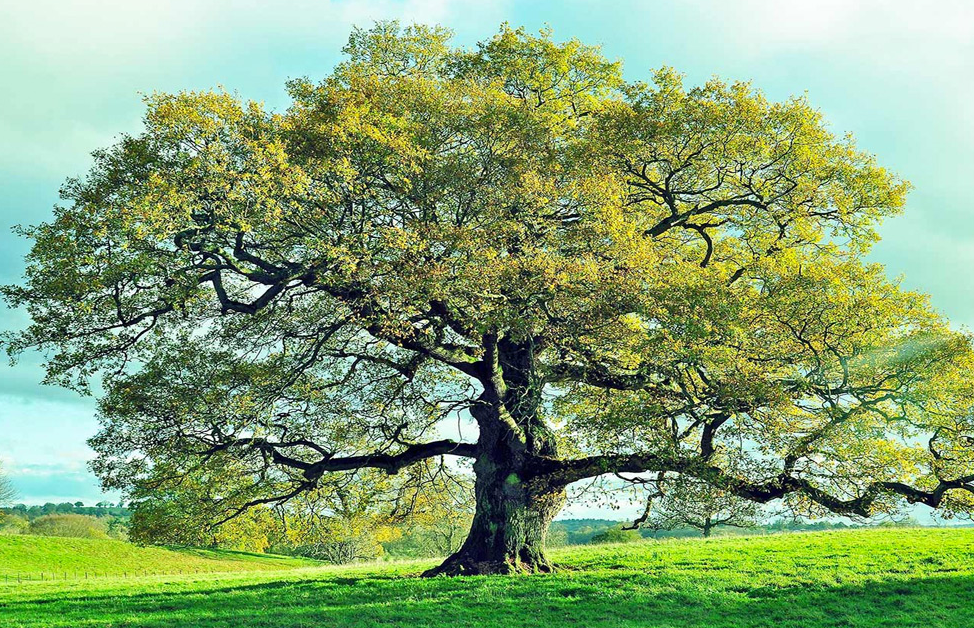India National Tree is the banyan tree or the fig tree, a massive, long-living tree that symbolizes eternal life. India, known for its diversity and culture, is home to a wide range of flora and fauna. One of the most significant aspects of India’s natural heritage is this national tree. The fig tree is the largest fruit tree in India, and it is also one of the most significant trees in Indian mythology. In this article, we will take an in-depth look at the fig tree, its history, significance, and cultural importance.
Overview of the India National Tree
The fig tree, known as Ficus benghalensis in scientific terms, belongs to the family of Moraceae. It is a deciduous tree that grows up to a height of 100 feet and has an extensive canopy that provides shade. The tree is native to the Indian subcontinent and is found in abundance throughout India, including the states of Uttar Pradesh, Bihar, and West Bengal. The tree is known for its aerial roots, which grow downwards and take root in the ground, forming a secondary trunk. The tree’s leaves are large and leathery, and the fruit is a pear-shaped structure that is green when unripe and turns purple when it ripens.
History and Cultural Significance of the India National Tree
The fig tree has a rich history and cultural significance in India. In Indian mythology, the tree is believed to be the abode of various gods and goddesses. It is also believed that Lord Buddha attained enlightenment while sitting under a fig tree, which is now known as the Bodhi tree. The fig tree is also considered a symbol of knowledge, wisdom, and enlightenment in Indian culture.
Apart from its mythological significance, the fig tree has played a significant role in India’s history. The tree was used in ancient times for medicinal purposes, and its fruit was considered a delicacy. The tree’s aerial roots were used to make ropes, and the wood was used to make furniture.
Ecological Importance of the India National Tree
The fig tree is not only culturally significant but also ecologically important. The tree provides food and shelter to a variety of animals, including birds, bats, and insects. The tree’s fruit is a rich source of nutrition for animals, and the tree’s large canopy provides shade and shelter from the scorching sun.
Apart from its ecological importance, the fig tree is also known for its ability to survive in adverse conditions. The tree’s aerial roots help it absorb moisture from the atmosphere, making it well-adapted to areas with low rainfall.
Growing and Caring for a Fig Tree
Growing a fig tree is relatively easy, and the tree can be grown from cuttings or seeds. The tree prefers warm, humid climates and well-drained soil. The tree can be propagated by air-layering, and it is important to provide the tree with sufficient sunlight and water.
Caring for a fig tree involves regular pruning to maintain its shape and size. The tree should be fertilized regularly, and it is important to remove dead and diseased branches to prevent the spread of disease.
Conclusion
The fig tree is an essential part of India’s natural heritage, culture, and history. Its mythological significance, ecological importance, and cultural significance make it a symbol of knowledge, wisdom, and enlightenment. Growing and caring for a fig tree is relatively easy, and the tree provides food and shelter to a variety of animals.
FAQs
- What is the ecological importance of the fig tree in India?
The fig tree provides food and shelter to a variety of animals, including birds, bats, and insects. Its large canopy also provides shade and shelter from the sun, making it an important tree for the ecosystem.
- Can fig trees survive in areas with low rainfall?
Yes, fig trees are well-adapted to areas with low rainfall due to their ability to absorb moisture from the atmosphere through their aerial roots.
- How can I grow a fig tree in my backyard?
Growing a fig tree is relatively easy, and the tree can be grown from cuttings or seeds. The tree prefers warm, humid climates and well-drained soil. Regular pruning, fertilization, and removal of dead and diseased branches are necessary for the proper growth of the tree.
- Is the fig tree the only significant tree in Indian culture?
No, India’s national tree is the banyan tree, which is also significant in Indian culture and history. The fig tree holds a special place in Indian mythology and is also culturally and ecologically important.
References
- National Symbols – National Tree, Government of India: https://www.india.gov.in/about-india/national-symbols/national-tree
- Ficus religiosa, The IUCN Red List of Threatened Species: https://www.iucnredlist.org/species/22649914/2820196
- Biodiversity of Ficus (Fig) Trees, SpringerLink: https://link.springer.com/chapter/10.1007/978-1-4020-2616-8_6

